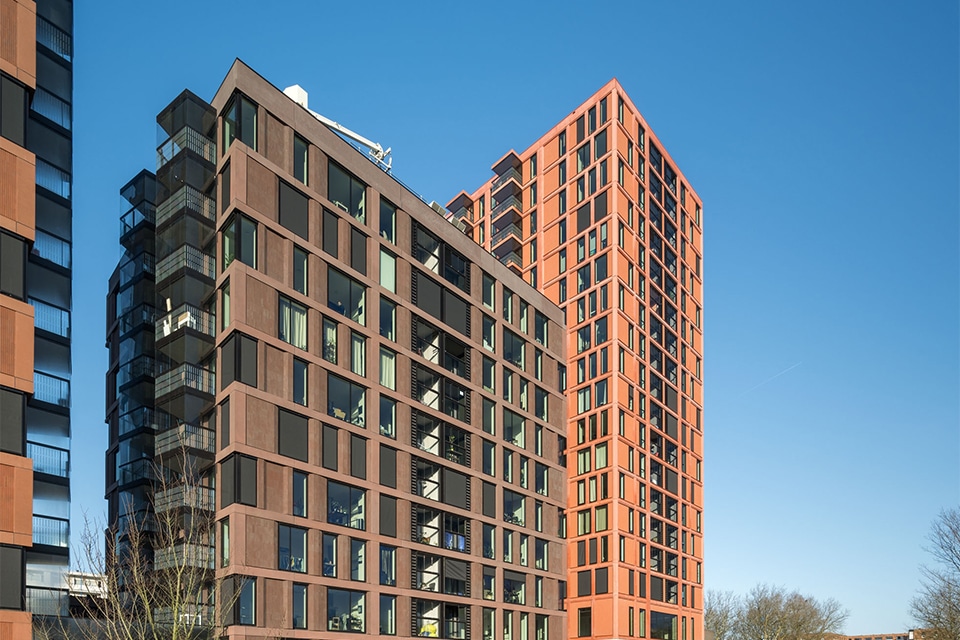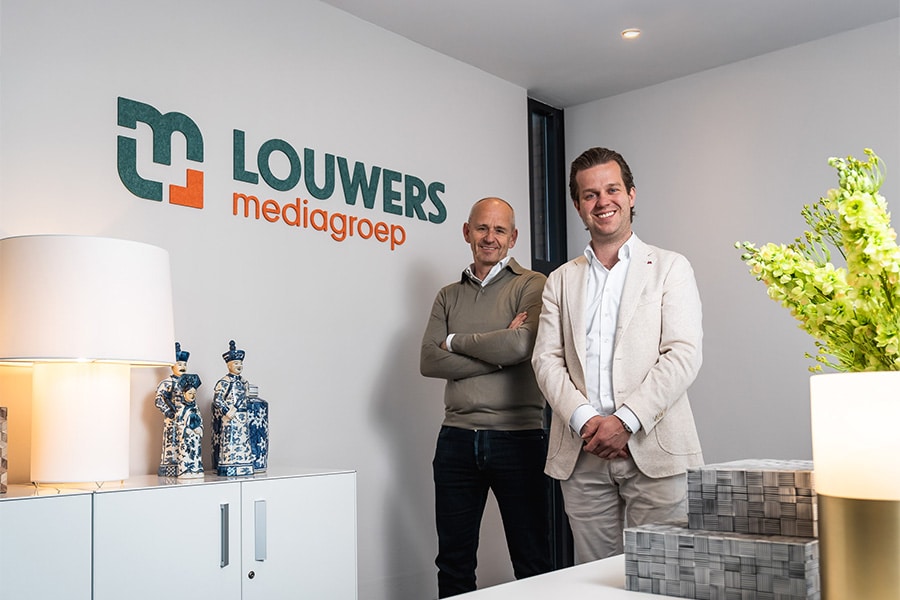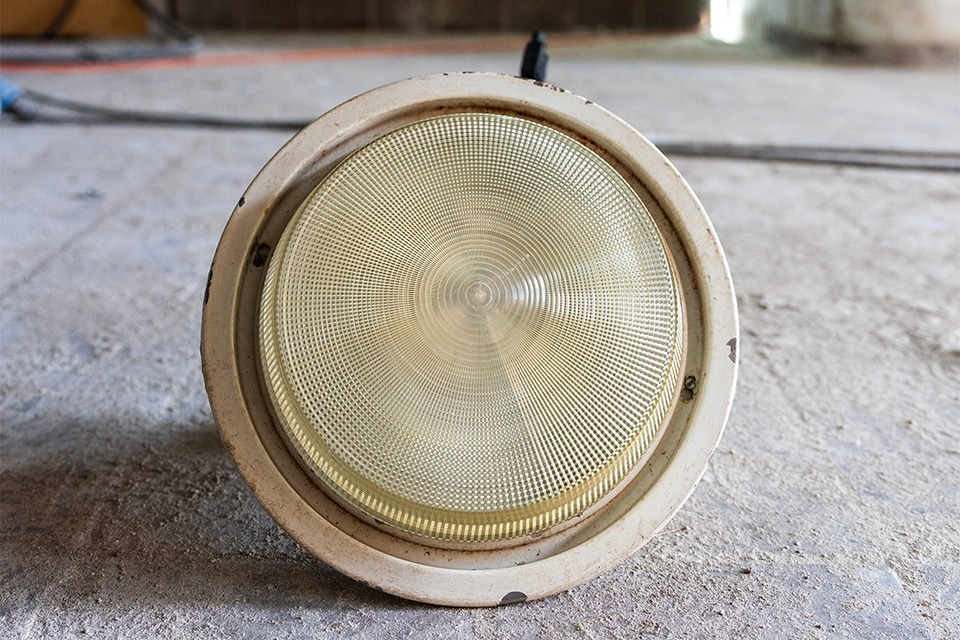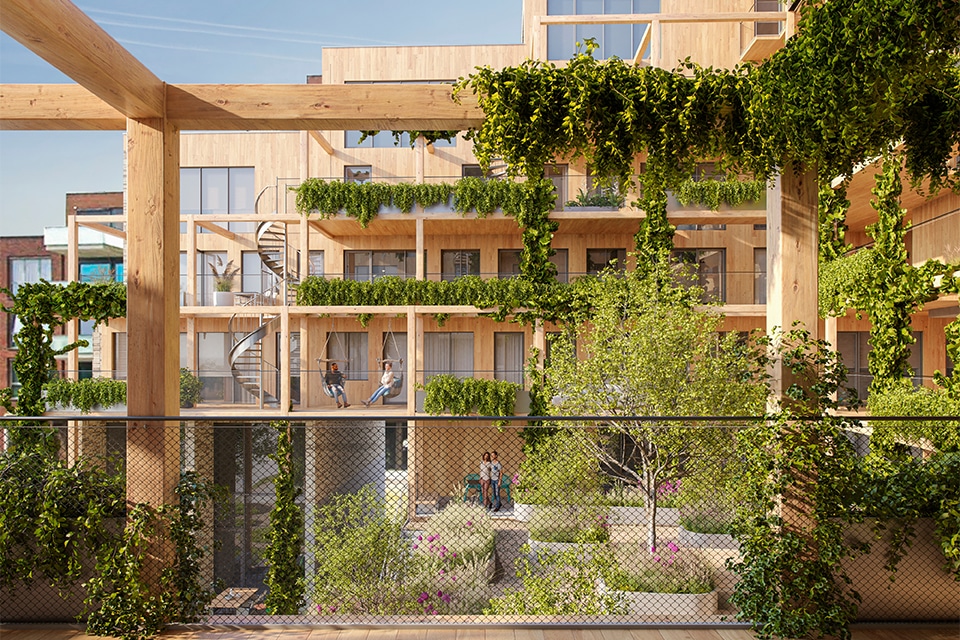
Circularity is the magic word in transformation Sandcastle
On Bijlmerplein in Amsterdam-Zuidoost, Van Wijnen began phase 2 of the Sandcastle transformation at the beginning of March. Commissioned by the municipality of Amsterdam, three towers of the former ING office and municipal monument dating from 1986 are being transformed into a school building for the Amsterdam International Community School South East. Special attention is being paid to sustainability and circularity. Moreover, the 'soul' is kept in the building.

Municipalities face large and complex challenges. "The large housing shortage requires smart, fast and creative solutions," says Frank Alberts, Manager Renovation & Transformation at Van Wijnen. "At the same time, we see that construction costs are skyrocketing. But also that a relatively large number of square meters in urban environments are vacant or used obscurely. Transformation offers an effective solution to all these issues, with a positive impact for users/occupants, the surroundings and the environment. The transformation of Sandcastle makes this clearly visible." After ING's departure in 2019, the Zandkasteel was sold to Wonam/Zadelhoff and the municipality of Amsterdam. While Wonam/Zadelhoff is transforming seven towers into housing, the municipality is meeting the demand for international education in the Amsterdam region with the three towers A. B and C. "In addition, both developments contribute to the livability of the area."


The transformation includes the complete built-in package. From interior walls to ceilings, floor coverings and installation techniques.
'Soft conditions'
To make the transformation a success, the City of Amsterdam is actively using knowledge and expertise from the market. "Instead of a traditional tender, a selection procedure was chosen in which three parties were assessed on 'soft' conditions, such as team, sustainability ambition and the way in which control is maintained over the construction process," said Remi van der Pol, Manager Customer and Market Renovation & Transformation at Van Wijnen. "In the design process, as a construction team partner, we shared our knowledge of materials, techniques, construction methodologies, sustainability and circularity. We then started implementation in the summer of 2021."
Phased approach
The municipality divided the project into two phases. In the first phase, Van Wijnen cleaned and repaired the exterior of the three towers. "We replaced all the glazing, revitalized the window frames and skylights, and replaced the roofing and insulation on the flat roofs," says Van der Pol. "In addition, we prepared the building internally for transformation. We performed various demolition works and prepared the installations, after which the transformation started on March 1." The transformation includes the complete built-in package. From interior walls to ceilings, floor coverings and installation techniques and completely in accordance with the current standards and wishes of the Amsterdam International Community School. "After completion in mid-2023, the school only needs to house the furniture and hang up digiboards, after which classes can start."
"To ensure that the towers can actually be used as schools, we are, among other things, installing a completely new stairwell," Van der Pol said. "We are also adding a larger entrance at the front of tower A and making the entire installation suitable for district heating. In addition, ventilation and lighting will get an upgrade, so the school will soon meet all the standards of Fresh Schools Class B."
Circular (re)use
The objective of the City of Amsterdam is to carry out this project as sustainably and circularly as possible. Van Wijnen is fulfilling this by harvesting a wide range of beautiful and high-quality materials destined for the circular economy, Alberts said. "Various image-defining elements such as carpet tiles, ventilation grilles and ceiling tiles were carefully dismantled and cleaned for reuse in the Sand Castle. The same goes for the fixtures, which are made suitable for LED." Van der Pol. "The interior glass walls, wooden ceilings and (custom) furniture have been given a sustainable new use. Materials that cannot be reused in their current form are also recycled and reused as raw materials in the chain. The ultimate example of circularity, however, is that the existing towers are preserved, which also applies to the 'soul' of the building." A great example in this context is the 'internal street' at ground level. "This horizontal spine connects all the towers of Sand Castle and is of great aesthetic value. Among other things, the existing floors, ceilings and stairwells in and adjacent to this street are treated with great respect and preserved wherever possible. The same goes for the special color patterns. We do provide the stairwells with adapted handrails where necessary, to prevent the danger of falling and in such a way that aesthetics and safety go together perfectly."



